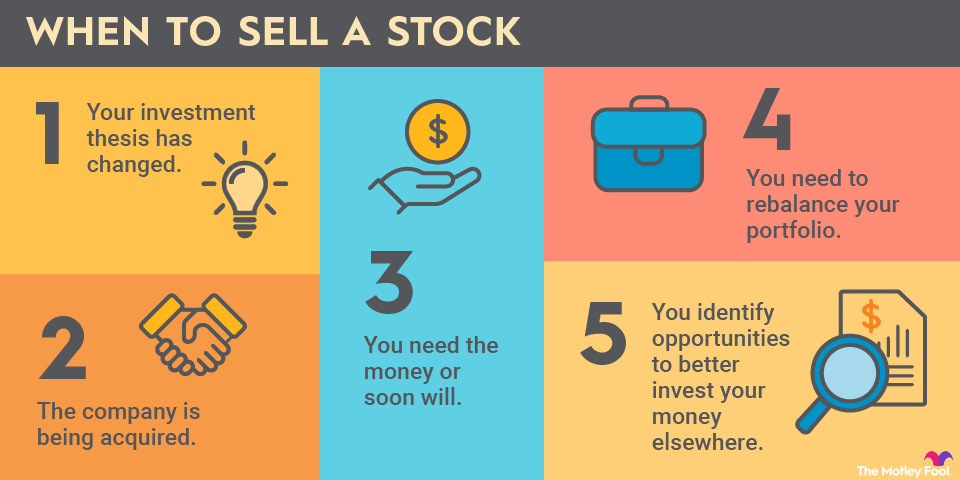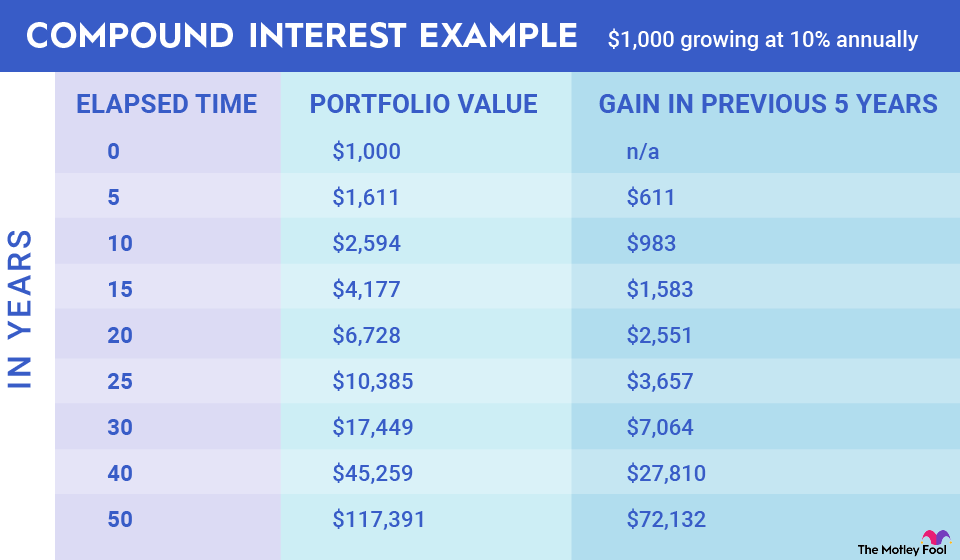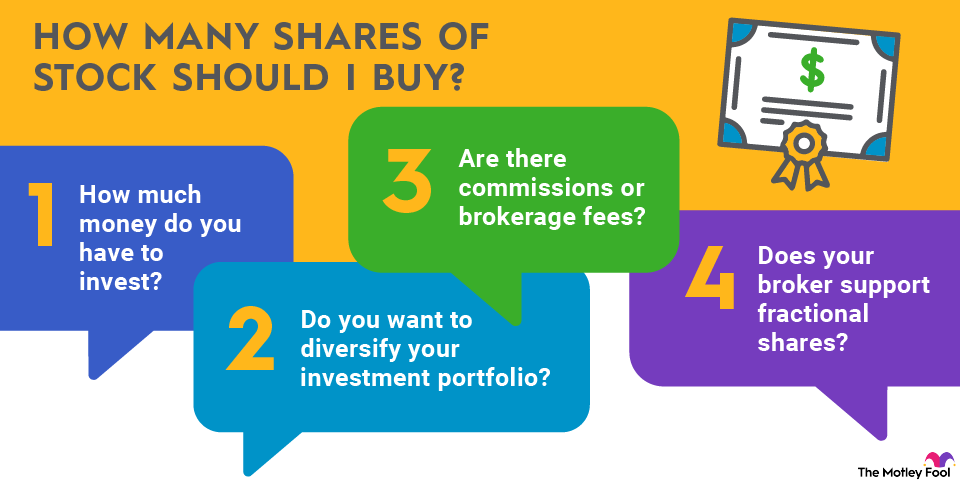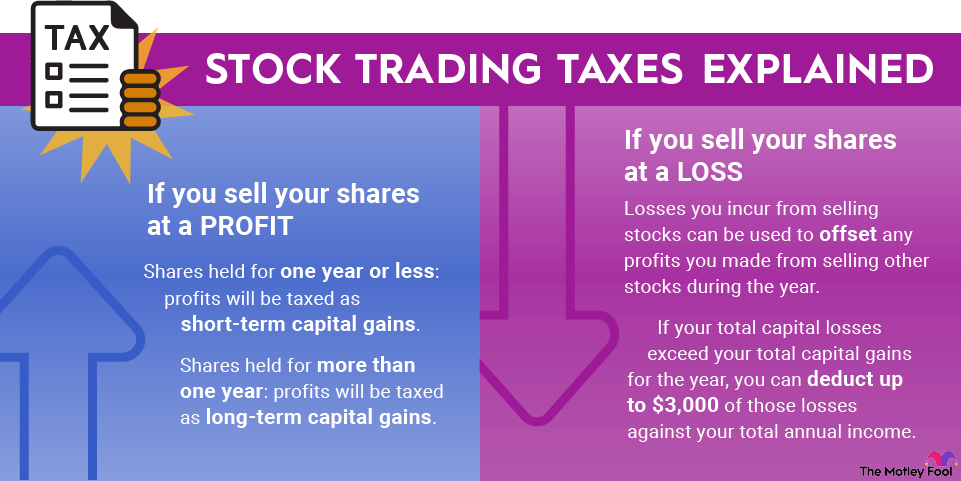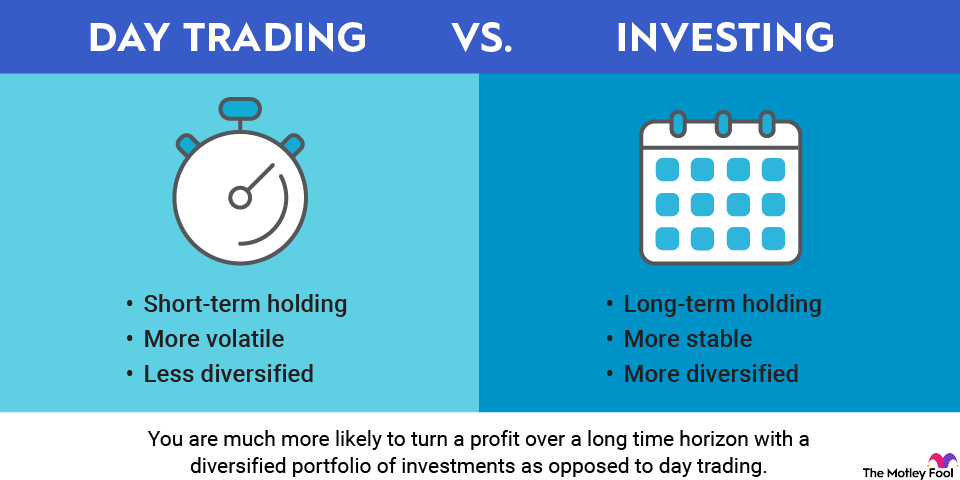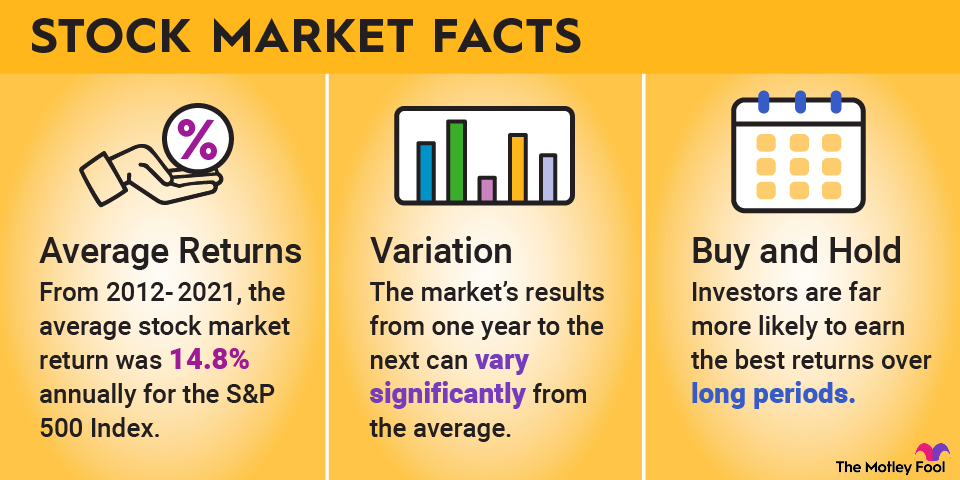Starlink is the world's largest satellite operator. It's currently part of SpaceX, the rocket company founded by Elon Musk, and provides satellite internet services to customers worldwide. There have been reports that SpaceX will spin off Starlink and complete an initial public offering (IPO) within the next year.

However, Musk has called those reports false, reiterating his desire for the business to continue maturing before it goes public. With Starlink's revenue skyrocketing, investors are increasingly eager to get their hands on shares of Musk's highly valued satellite internet company. As of 2025, there has been no movement or announcements on an IPO for Starlink.
IPO
Here's a look at what you need to know about Starlink, how to invest in its stock if it completes an IPO, and some alternatives to investing in the space company.
Is Starlink publicly traded?
Starlink wasn't a publicly traded company as of late 2025. The satellite internet provider is part of SpaceX, a privately held company controlled by Musk.
When will Starlink IPO?
Starlink didn't have an IPO on the calendar as of late 2025. While there has been some speculation that Musk might take Starlink public, he has downplayed that idea.
In late 2023, he told followers on his social media site, X, that it didn't make sense to take Starlink public because the company wasn't having any trouble raising money privately. It's also reportedly profitable, which would enable it to retain its earnings to fund growth. This has continued to be true in 2025.
Is Starlink profitable?
Starlink is a subsidiary of the privately held SpaceX. Neither entity needs to disclose its financial results publicly. However, Quilty Space has conducted an in-depth analysis of Starlink's financials. That report noted that Starlink was on track to book $10.3 billion of revenue in 2026 and was on pace to deliver its second year of positive free cash flow.
Alternatives to Starlink
Since Starlink isn't a publicly traded company, you can't buy shares of the satellite internet service provider. Furthermore, because it's a unit of SpaceX, investors can't buy pre-IPO shares of Starlink on secondary platforms that trade shares of start-ups.
However, investors who really want to gain early access to Starlink could see whether they can buy shares of SpaceX on a secondary platform that trades pre-IPO shares, such as Rainmaker Securities or Forge Global (FRGE -0.85%). These platforms enable accredited investors (i.e., high-net-worth individuals and those with high incomes) to buy shares of pre-IPO companies when they're available.
Shareholder
How to buy stocks similar to Starlink
Investors who want to buy one of these Starlink alternatives can purchase shares in any brokerage account. Here's a step-by-step guide on how to invest in stocks like Starlink.
- Open your brokerage account: Log in to your brokerage account where you handle your investments.
- Search for the stock: Enter the ticker or company name into the search bar to bring up the stock's trading page.
- Decide how many shares to buy: Consider your investment goals and how much of your portfolio you want to allocate to this stock.
- Select order type: Choose between a market order to buy at the current price or a limit order to specify the maximum price you're willing to pay.
- Submit your order: Confirm the details and submit your buy order.
- Review your purchase: Check your portfolio to ensure your order was filled as expected and adjust your investment strategy accordingly.
ETFs with exposure to Starlink
Because Starlink remains a privately held company, you can't passively invest in its stock through an exchange-traded fund (ETF).
Exchange-Traded Fund (ETF)
However, people interested in investing in the space sector could consider going the ETF route instead of trying to pick a space stock alternative to Starlink. Three space-related ETFs to consider are:
- ARK Space Exploration & Innovation ETF (ARKX +3.25%): Actively managed by the well-known Cathie Wood, the fund concentrates on holding companies engaged in space exploration and innovation. This ETF holds 34 holdings as of late 2025. Iridium Communications was a part of its top ten holdings, at 3.99% of the fund's assets in late 2025. The fund had a 0.75% ETF expense ratio.
- Procure Space ETF (UFO +5.11%): This fund holds stocks of companies in space-related industries. In late 2025, it owned 48 stocks, including Iridium Communications, Lockheed Martin, and Boeing. The fund had a 0.94% expense ratio. This is on the higher end of expense ratios.
- SPDR S&P Kensho Final Frontiers ETF (ROKT +3.41%): This ETF concentrates on holding companies that make products or provide space travel and exploration services. In late 2025, the fund held 35 stocks, with multiple aerospace companies in the top ten. The fund had a 0.45% expense ratio.
Related investing topics
The bottom line on Starlink
Starlink is a leader in providing satellite internet services. The company is rapidly growing its revenue and has reached a cash flow break-even level. It has much more growth ahead. Starlink's growth potential has many investors already eagerly anticipating its IPO, which could come in the next few years.










